TABLE 15-5
What are the factors that determine the acceleration time (in sec.) from 0 to 60 miles per hour of a car? Data on the following variables for 171 different vehicle models were collected:
Accel Time: Acceleration time in sec.
Cargo Vol: Cargo volume in cu. ft.
HP: Horsepower
MPG: Miles per gallon
SUV: 1 if the vehicle model is an SUV with Coupe as the base when SUV and Sedan are both 0
Sedan: 1 if the vehicle model is a sedan with Coupe as the base when SUV and Sedan are both 0
The regression results using acceleration time as the dependent variable and the remaining variables as the independent variables are presented below.
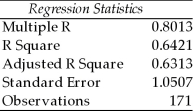 ANOVA
ANOVA

 The various residual plots are as shown below.
The various residual plots are as shown below.
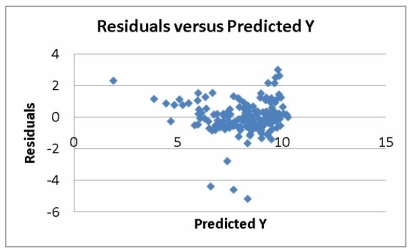
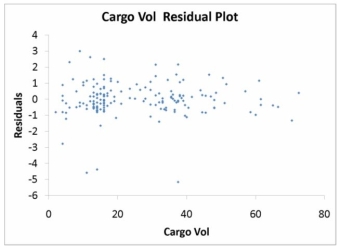
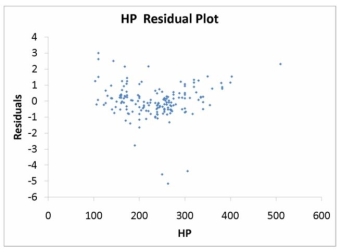
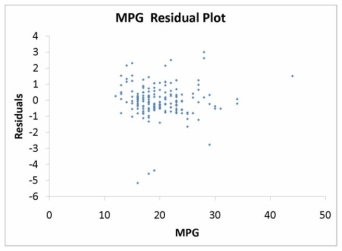
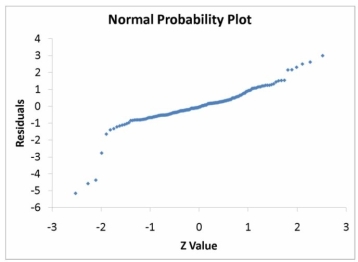 The coefficient of partial determination (
The coefficient of partial determination (  ) of each of the 5 predictors are, respectively, 0.0380, 0.4376, 0.0248, 0.0188, and 0.0312.
) of each of the 5 predictors are, respectively, 0.0380, 0.4376, 0.0248, 0.0188, and 0.0312.
The coefficient of multiple determination for the regression model using each of the 5 variables as the dependent variable and all other X variables as independent variables (  ) are, respectively, 0.7461, 0.5676, 0.6764, 0.8582, 0.6632.
) are, respectively, 0.7461, 0.5676, 0.6764, 0.8582, 0.6632.
-Referring to Table 15-5, the 0 to 60 miles per hour acceleration time of a sedan is predicted to be 0.7679 seconds higher than that of an SUV.
Definitions:
Obelisk of Theodosius
An ancient Egyptian obelisk erected at the Hippodrome of Constantinople by the Roman emperor Theodosius I in the 4th century AD.
Hagia Sophia
A historic architectural marvel in Istanbul, Turkey, originally built as a Christian cathedral, then converted into a mosque, and now a museum, exemplifying Byzantine architecture.
Procopius
A Byzantine Greek historian of the 6th century, known for his works "The Wars of Justinian", "The Buildings of Justinian", and the scandalous "Secret History".
Vitruvius
An ancient Roman architect and engineer, known for his treatise "De architectura" which outlines the principles of classical architecture.
Q2: Collinearity is present when there is a
Q3: Referring to Table 13-2, what is the
Q23: Referring to Table 13-12, what percentage of
Q30: Referring to Table 16-13, the best interpretation
Q78: Referring to Table 13-10, the residual plot
Q84: Referring to Table 15-4, the null hypothesis
Q114: Referring to Table 17-4, suppose the supervisor
Q120: Referring to Table 16-13, to obtain a
Q195: Referring to Table 14-2, for these data,
Q212: Referring to Table 14-3, the p-value for